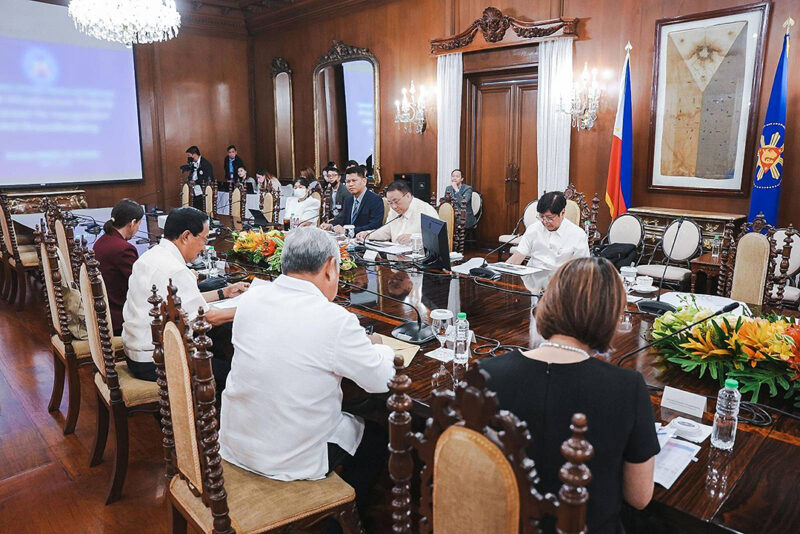-
Cold storage facilities at various fish ports will be put up to address spoilage and improve fish supply
-
11 cold storage facilities to be set up on top of those already being constructed at various ports in General Santos and Cagayan de Oro
-
The facilities will be operational by year-end
-
Smaller fish ports will be equipped with ice-making machines
The government will put up cold storage facilities at various fish ports to address spoilage and improve fish supply, President Ferdinand Marcos, Jr. said on Tuesday.
Eleven cold storage facilities will be set up on top of those already being constructed at various ports in General Santos and Cagayan de Oro, Marcos said, adding that ice-making machines will also be provided in smaller fish ports.
The cold storage facilities will be operational by end of the year, he noted.
The President presided over a sectoral meeting attended by officials of the Department of Agriculture (DA), Bureau of Fisheries and Aquatic Resources (BFAR), Department of the Environment and Natural Resources, Laguna Lake Development Authority, Department of the Interior and Local Government and the Cooperative Development Authority to discuss the Philippine Fisheries Program, specifically on how to address declining fishery production and to reduce post-harvest losses.
Marcos noted the high incidence of fish spoilage due to poor handling, from the time the fish catch is moved from the fishing boat to the time it hits the market.
Current fish spoilage, according to BFAR, is between 25% and 40% due to shortage in post-harvest equipment like blast freezers and ice-making machines as well as facilities such as cold storage warehouses and fish landing sites.
Marcos said that if the country could slash spoilage to between 8% and 10%, the Philippines would no longer have to depend on fish imports.
Aquaculture, mariculture
The President also underscored the need to improve aquaculture by modernizing fishponds to boost production though the biggest problem in the sector is the provision of credit.
The conversion to fish cage also entails much cost, he said, noting that the technology for such will have to be cascaded to fisherfolk, who he said needs funding.
In addition, Marcos said they are looking at mariculture to bolster the country’s food security and fish output.
Mariculture or marine farming, he noted, has a big potential, with garoupa, snapper and other fish that fetch high prices potential export hits.
Mariculture is a specialized branch of aquaculture involving cultivation of marine organisms for food and other animal products, in enclosed sections of open ocean, fish farms built on littoral waters, or in artificial tanks, ponds or raceways which are filled with seawater.
The chief executive said plans to encourage businessmen to go into mariculture will be made with DA and BFAR.
RELATED READ: More cold storages planned to lower onion prices









